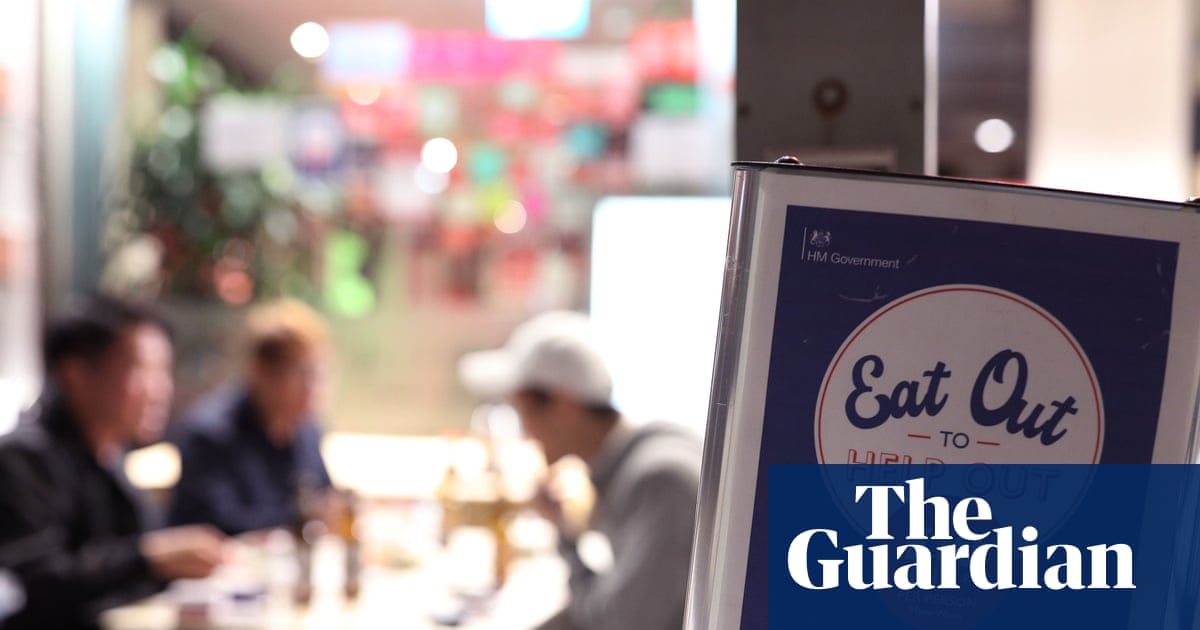It is widely accepted that the UK government’s “eat out to help out” policy added to the spread of Covid-19 during the summer of 2020.
New analysis reveals that it added to air pollution, too, at a time when the public was urged to minimise air pollution to protect vulnerable people shielding or isolating with Covid.
“Eat out to help out” was designed to reboot the hospitality sector by subsidising restaurant and pub meals. It operated for three days a week in August 2020.
Dr Ian Chen, from Imperial College London, was analysing data from the research monitoring site in London’s Marylebone Road when he first noticed unusual air pollution peaks: “I was trying to understand how the Covid lockdown affected pollution in central London. At first, I thought traffic was the obvious explanation.”
Looking in more detail, Chen saw that soot from diesel exhaust was lower than the previous August, suggesting changes to traffic were not the cause.
The chemical fingerprints of the particles provided the first explanation. They contained fatty acids from cooking, but their timings did not match the usual pattern of lunch, evenings and weekends.
Instead, the pollution peaks happened each evening Monday to Wednesday, when the “eat out to help out” scheme operated. Bank holiday Monday, at the end of August, had the biggest peak of all.
It did not stop there. The pattern continued through September and into October, suggesting that the policy had an influence on consumer behaviour and air pollution after it ended.
There was another pollution source on those summer evenings. It contained chemicals that are normally seen from wood stoves in winter, but it was August and warm. Chen said: “We normally only detect the emissions from frying food, but here we were able to link these with cooking fuels, like wood and charcoal. This was the hardest part of the project and had never been observed before.”
Commercial cooking is generally overlooked in actions to control air pollution despite it having been identified as a source of air pollution in London and Manchester about 15 years ago. About 8% of the particle pollution emitted in London is thought to come from commercial cooking, but this may be greater if the pollution from wood and charcoal fuels is included.
Dr David Green, also from Imperial College London, said: “Our study marks an important step in understanding how commercial cooking affects particle pollution in our cities. While we don’t yet know which restaurants are the most polluting, we do know enough for regulators to begin to treat commercial kitchens as a significant, and solvable, source of urban air pollution.”
In 2018, a study in Pittsburgh, Pennsylvania, found that particle pollution from restaurants can spread hundreds of metres into residential areas and can be greater than that from major roads. Air pollution from airline catering at Gatwick has also been detected in countryside about 500 metres away.
Chen said: “As we reduce vehicle and other emissions in urban environments across Europe, commercial cooking is becoming the most important primary source of particle pollution and yet there is little regulation in place. Technologies which remove the particles and gases can effectively reduce these emissions – these are required by law in Hong Kong.”
